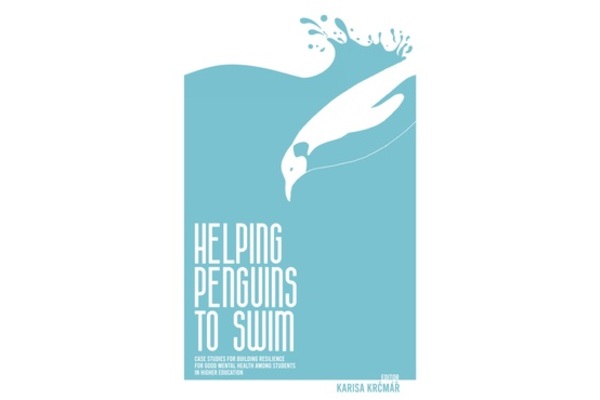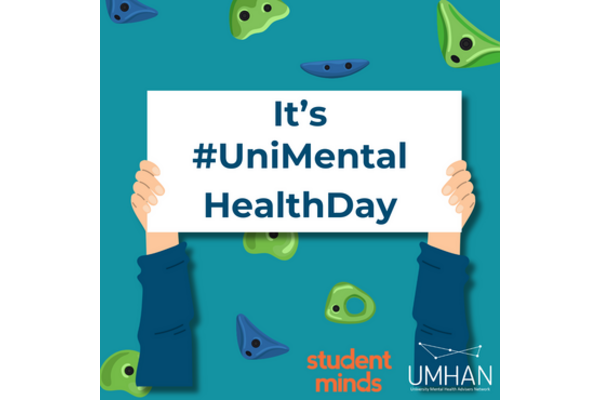Having worked as a mental health mentor and study skills tutor in HE settings for the last 12 years, the word ‘resilience’ has increasingly been arriving at the forefront of my mind. It is clear to me that those students with mental health difficulties and a measure of resilience are the ones who will eventually come through and achieve their degrees with their mental health more or less intact. This book is a much needed and valuable collection of specific initiatives which provide insights into how the HEP community can implement measures to promote resilience in our student population. It leaps on the back of the old adage, prevention is better than cure, and steers it to our collective consciousness with the commonsense approach that it is indeed far better to stop our students just needing more counselling; we need to prevent their mental health deteriorating in the first place.
The introduction questions the policies and wisdom of throwing more resources into providing more counsellors and wellbeing services whose focus is on dealing with the aftermath of trauma and poor mental health. Karisa Krčmář calls for direct action to skew policy in the direction of putting effective services in at the outset in order to build resilience, thereby providing students with effective and proven ways to flourish and succeed at university.
Krčmář has gathered together a collection of case studies which demonstrate some very specific ideas and which cry out for adoption by our HEPs. It is a book with a robust research base and draws widely on the evidence for each unique strategy. Each of the eight chapters details an initiative which has taken place in an HE setting (including one demonstrating a national approach) and gives plenty of practical solutions to the increasing problem of our universities’ worsening record of mental health.
The introduction gives a salutary reminder of the many and various factors which impact on a student’s ability to thrive in higher education. As mentors we will be familiar with the routine issues encountered by students who are unleashed into a world without parental scaffolding, and regular provision of meals, laundering and home comforts. We will also have come across those who are happy to leave behind the homes where those provisions were not automatically on offer and where abusive or neglectful behaviour from care-givers was the norm. There will usually be a reaction to both scenarios and it won’t always be a healthy one. This is without consideration of pre-existing conditions which may have been supported prior to a student entering HE, but which then may spiral out of control with a change or negation of support.
The authors of each of the case studies include the background and reasons for the initiative and give clear justification for the development of their ideas with much reference to statistics and other literature. They outline the projects with useful detail, enabling other HEPs to understand the intricacies of the ideas and the opportunities to replicate them. They helpfully include information under headings such as: key features, lessons learned, reflections, future hopes and further reading. They also include several telling quotes from students who have participated in the projects – and which provide yet more evidence for the efficacy of these approaches.
Two of the case studies focus on specific courses which generated mental health difficulties among their students. However, the ideas incorporated would easily lend themselves to other settings and other courses. For instance, a focus on drama in nurses’ training could be adapted for use in other practical, interpersonal training situations. The authors quoted a study by Martin and Marsh (2006) which “found that resilience was boosted by competence and confidence” which clearly applies across the board, no matter which course in which university.
The other case studies cover projects concerning mindfulness, student accommodation, ASC students, play, and sexual harassment and violence. Play may seem an unusual topic in this context but again there is evidence supplied for its role in building resilience. The use of Lego in a structured but relaxed environment allows for “complex or difficult topics” to be approached with a view to easing the stress around them.
The title of the book is memorable, and makes perfect sense once it is explained: it likens students to penguins who, without help and practice, can be ungainly on land, but when given the right conditions can swim swiftly and elegantly, as they are designed to do. The strapline gives a more obvious guide as to what can be expected within. I would have preferred more emphasis on the strapline which would have the advantage of suggesting academic rigour and therefore perhaps be more tempting for policy and change makers. Anyone who cares about the mental health of our students should read this and then make sure that it appears in front of people who can take on board this compelling evidence for the development of resilience in our students.
Anne Betteridge
Martin, A.J. & Marsh, H.W. (2006) Academic resilience and its psychological and educational correlates: a construct validity approach. Psychology Schools. 43 pp.267-81









